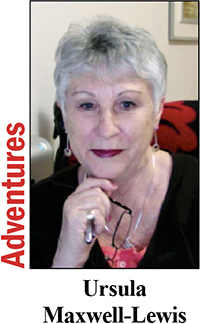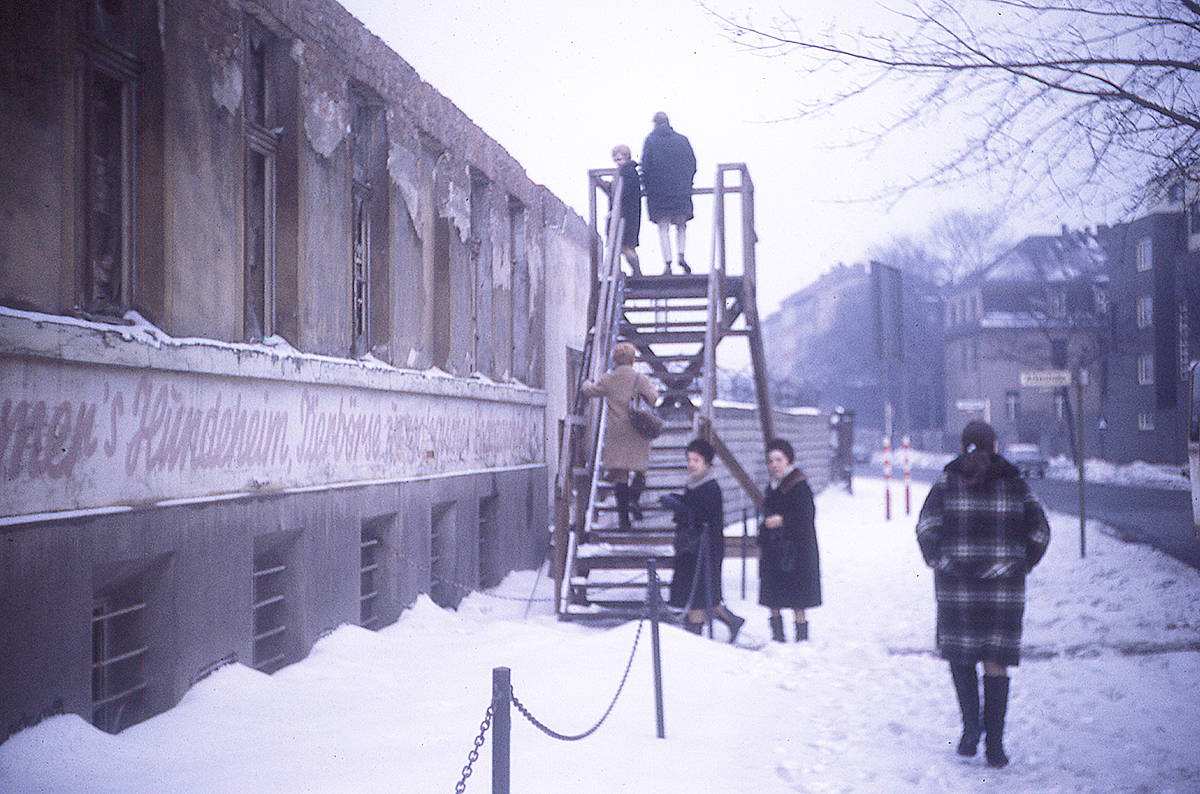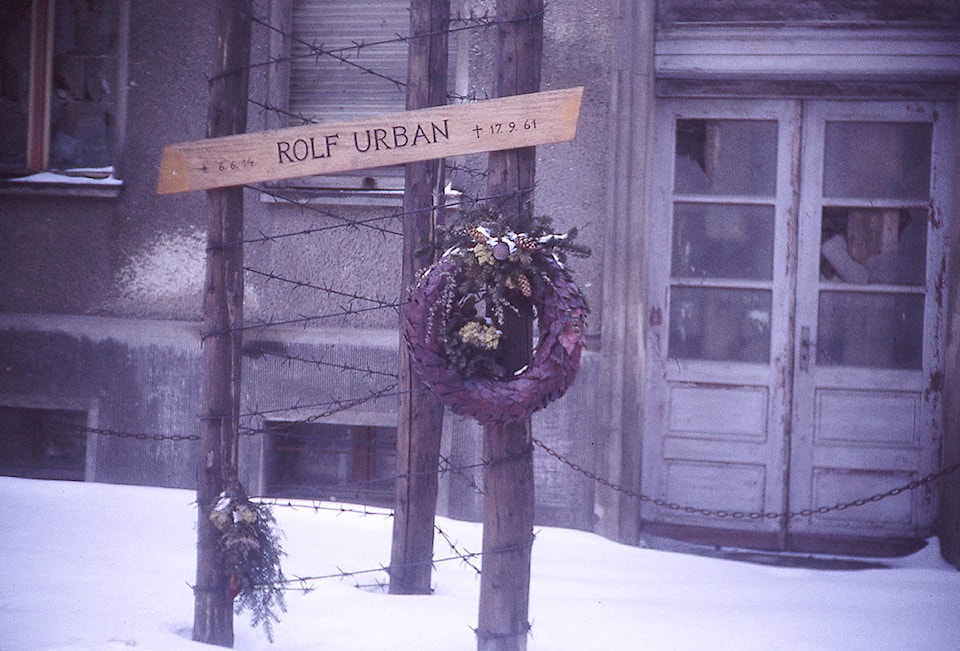
Watching the recent Berlin Wall 30th anniversary celebrations prompted me to indulge in a bit of time travel via some sepia-coloured slides taken on my first Berlin visit in 1969.
The 50-year-old photographs reflect the snowy winter chill. My memory conjures up the icy wind that seemed to highlight the political deep freeze the Wall represented.
Three of us–a South African nuclear physicist, a Norwegian teacher and me, a journalist–landed at Berlin’s massive Tempelhof Airport onboard a Pan Am flight minutes after Air Force One, carrying President Nixon, had been cleared.
Our descent was steep, our taxiing was brief and our deplaning far from the terminal (minus hand luggage) was speedy, but efficient. Rapid bus transfers from our remote tarmac location finally clued us in to what crew and authorities already knew. An anonymous caller had reported a bomb onboard our aircraft.
Two hours later, with luggage searched and reclaimed, we headed past well-armed riot police and militia to our city centre budget accommodation.
Over the next couple of days we booted through the snow–fortified by German wines, freshly made spaetzel, spicy wurst and käse platters—to West and East Berlin landmarks.
The 18th century Brandenburg Gate, the last of 14 city gates into what until August 13, 1961 had been the unified East German city of Berlin, was visible from a viewing platform erected next to the Wall. The Unter Den Linden–an impressively grand avenue once the main thoroughfare into the city–was impassible.
It would be from this location on June 12, 1987 that President Ronald Reagan would challenge Nikita Khrushchev to “Tear down this wall!”
Walking next to a section of the 104-mile long wall one particular barbed wire memorial caught our attention.
Truck driver Rudolph (Rolf) Urban lived at 1 Bernauer Strasse, the East Berlin family home in which he’d been born, with his wife Ilse.
On the evening of August 18, 1961, five days after the Berlin Wall was erected, the West Berlin entrance door (and escape route) to his building was bricked up by German Democratic Republic authorities. The only remaining house access was now through the Communist East Berlin side.
Urban, who had been understandably reluctant to leave his home, decided to flee with his wife and two friends.
By rappelling from the West Berlin second floor side of the house they avoided implicating ground floor residents who could have been accused of being accomplices in the escape.
Despite sustaining injuries, the four survived, but Rudolf Urban contracted pneumonia while in hospital and died Sept. 17, 1961.
A nearby wooden platform gave us the opportunity to climb up to view the no-man’s land the divisive regime had created.
What looked like a wide dried up riverbed (anti-vehicle trenches and 20 bunkers referred to as ‘the death strip’) separated the Wall from the 302 East Berlin watchtowers. Two military marksmen could be clearly seen in each tower round the clock from 1961 to 1989.
Over 100,000 people attempted to escape. Five thousand succeeded. An estimated 200 died trying.
It is sobering to reflect on what that meant then, and still means.
We took advantage of a day trip by bus through Check Point Charlie (checkpoint C) from the American sector to East Berlin. Passports were checked onboard, any western literature confiscated, and military police wielding large mirrors inspected the underside of the bus accompanied by Alsatian dogs.
Leaving the glittering bustle of West Berlin, boarded up buildings contrasted starkly with the thriving commercial centre behind us.
Grey institutional-looking bleak concrete apartment blocks dotted the ominously quiet cityscape.
The East German step-on guide pointed out Hitler’s Bunker – now an anonymous grassy knoll.
We stopped for tea at a rather cavernous – notably empty - hotel. I bought one of the only two chocolate bars in the conspicuously empty ‘gift’ case. Grainy and tasteless, it had definitely seen better days.
Clearing the zigzag eastern checkpoint departure area on our return, the straight unencumbered exit to the west delivered a subliminal message of its own.
That evening, as the Berlin Symphony worked its magic, I relaxed (rather guiltily) in the plush chairs while imagining life in those glum anonymous-looking apartments in the somber city over the Wall. I also thought of the guide who told me she was studying as many languages as possible at university. Should she ever be able to leave, they would be her ticket, she hoped, to success. In the meantime, they enabled her to work as a guide.
The following Sunday after flying back to Heidelberg I sat with friends in the station coffee shop reading a letter from my mother in Toronto. “DO NOT go to Berlin,” she instructed. “Nixon will be there. It’s too dangerous.” Just then an alarm sounded accompanied by orders to immediately evacuate the building. A bomb threat.
Relocating to another coffee shop I put pen to notepad: Dear Mum, don’t worry….
Ursula Maxwell-Lewis was the founding publisher and editor of the Cloverdale Reporter. She still travels. Contact her at utravel@shaw.ca.
editor@cloverdalereporter.com
Like us on Facebook and follow us on Twitter

